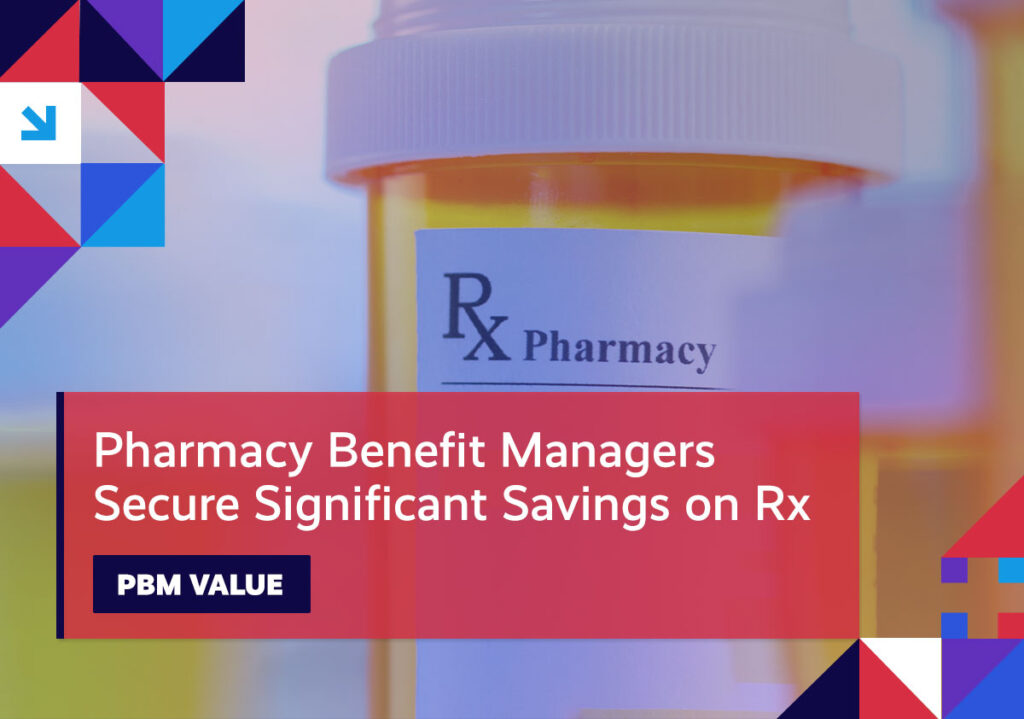A quick roundup of the issues driving the healthcare reform conversation.

Week in Review
SHIFTING SERVICES Moving certain medical services out of a hospital could save billions of dollars.
Quick takeaway: The shift from hospital-based settings to alternative sites of care could lead to $147 billion in annual savings for the healthcare system.
Digging deeper: As more services move away from traditional sites of care, like hospitals, the demand for alternative care sites is increasing. In fact, between 2010 and 2021, the number of these sites has doubled.
Despite hospitals’ efforts to fight this migration, a recent survey found that over 10 percent of commercial and nearly 11 percent of Medicare volume currently taking place in hospital-based settings could shift to alternative sites of care.
What it means: This shift away from hospital-based care settings poses a threat to these systems, who’ve made significant capital investments and have little incentive to reduce the revenue needed to recoup these expenditures.
NONPROFIT HOSPITALS CEO salaries at nonprofit hospitals now top $1 million.
Quick takeaway: Between 2012 and 2019, compensation for CEOs of nonprofit hospitals grew 30 percent.
Digging deeper: In exchange for not paying federal, state, or local taxes, nonprofit hospitals are expected to provide a social benefit to their communities, often in the form of charity care to patients unable to afford paying for that care or by making investments in those communities.
However, despite this community-focused mission, the leaders of these large systems now command seven-figure salaries, leading many to question how this benefits patients.
What it means: With nearly half of all hospitals in the U.S. now being nonprofits, increased attention is being paid to how these health systems are holding up their part of the bargain. According to recent analysis, they’re not doing a great job, with the tax breaks enjoyed by the large majority of nonprofit hospitals exceeding the amount of community care they provide. In fact, the cumulative “fair share” deficit is enough to wipe out the medical debt of every patient in California, Texas, New York, and Pennsylvania – combined.
EMPLOYER COSTS Employers’ healthcare costs are projected to rise next year.
Quick takeaway: Driven largely by expensive new drugs and high-cost therapies, experts predict employers could look to pare down benefits.
Digging deeper: Analysts estimate that employers could see their healthcare costs go up by as much as 9 percent in 2025. While projections vary, experts point to the combination of continued high utilization and rising pharmacy spend, driven largely by expensive specialty medications and the increased demand for GLP-1 weight-loss drugs, as being responsible for employers’ growing healthcare cost burden.
VOTER CONCERNS Older voters cite the rising cost of healthcare as one of their top concerns.
Quick takeaway: Five of the top six health issues among older adults have to do with healthcare costs.
Digging deeper: While there’s been increased focus in recent years on reducing the costs associated with types of care for older Americans, a new survey shows there’s general support for more action that transcends political lines and demographics.
According to the poll, at least half of all older adults surveyed said they are “very concerned” about the cost of medical care, prescription drugs, long-term care, and health insurance. An additional 45 percent said they’re also concerned about dental care costs.
What it means: As we get closer to Election Day, expect candidates to shine a spotlight on healthcare costs and where they stand on the issue. Pay close attention, though, to the solutions they’re offering, specifically, holding drugmakers accountable for rising prescription drug prices, protecting Medicare Advantage for future generations, and not taking away the tools that health plans use to guard against waste, fraud, and abuse in the healthcare system.
Spotlight
| With Labor Day around the corner, there will not be a newsletter next week. But, look for us again in your inbox the following Monday. Until then, you can keep up with the latest by following the Health Action Network on X and by liking us on Facebook. And, be sure to check us out on LinkedIn, too. As always, let us know if there’s something you’d like to see covered in a future newsletter. |
The Health Action Network includes everyday Americans—families, workers, businesses, patients, providers, neighbors, and friends. We are working together because we support market-based solutions that offer better healthcare choices and help build a stronger economy. The Health Action Network is an Elevance Health, Inc., initiative.

